Apart from lexicography, my earliest activities in the field of medieval studies consisted of text editions, a logical follow up of my philological education. Prof. dr. L.M. de Rijk, professor of medieval philosophy in Leiden, draw my attention to a small inedited text: the Explicatio aphorismatum philosophicorum by William of Doncaster, an otherwise unknown author of the early twelfth century, apparently an Englishman writing for one of his pupils, called Leo or Leontinus. The text is most probably earlier than the systematic discussions of ethics by for instance Abelard and Hughes of St-Victor. The author gathered philosophical (i.e. moralistic) sententiae, called them aphorismata (comparing them for instance to Hippocrate’s maxims), and proceeded to explain them in an elegant style, often quoting classical authors, like Cicero or Ovid, and often adding digressions too. At the end, he adds groups of disconnected aphorisms, without comment. His approach is personal and far from scholastic. For instance, in the treatment of the first aphorism, on taciturnity, he says: “Nunc Solonis ista redditio exponenda mihi occurrit: More philosophi taceo” (“Now this saying of Solon occurs to me to explain: In the manner of a philosopher I keep silent”).
My edition was published in 1976 in the well-known series “Studien und Texte zur Geistesgeschichte des Mittelalters”, then under the direction of Albert Zimmermann (see List of publications, Book 2). To give an example of the style of this work I reproduce the beginning of the aphorism on delight (voluptas):
Cliquez sur les images pour les agrandir
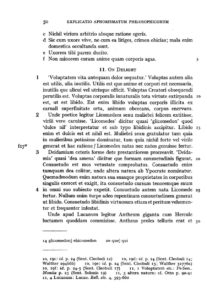
It was an elementary text, but with a philosophical background. My next edition, the De disciplina scolarium of an unknown author presenting himself as the great Boethius but in fact probably a master at the faculty of arts Paris in the early thirteenth century, was of a quite different character, and it became very popular. We have at least 136 manuscripts and more than 30 commentaries from the fourteenth century onwards.
Initial showing Boethius lecturing to students
This popularity may be explained by the adopted name of the author (many scholars must have tried to identify the real master), but also by its contents, concerning the rules and practices in the schools, even if the language is a rather artificial Latin, imitating Boethius’s style. Here is a table of contents:
The edition of this text shaped my convictions regarding the methods of text editions. I decided that the best way to present a text from medieval times was to choose one good manuscript and reproduce the text given by it as far as possible without unnecessary corrections. This is not what was called a ‘critical edition’, but at least it provided the reader with a text that had really been used at the time. This publication constituted my dissertation in the field of Medieval Latin, at Leiden University, under the direction of Prof. dr. R.B.C. Huygens, in 1976.
The third edition followed logically: Les Questions de Craton et leurs commentaires, partly an edition of the questions found in the De disciplina scolarium and attributed to a certain Crato, partly a study of the various commentaries written on these questions. It was my thesis for the Ecole Pratique des Hautes Etudes, IVe section, under the direction of André Vernet and Guy Beaujouan, the latter because this text concerns the history of science. This edition, which appeared in 1981, in the same series as the two preceding volumes, is probably the most interesting of the three, because of the ‘scientific’ character of the questions and of the wide range in time of the commentaries. It also held a part of mystery: the enigmatic author of the De disciplina scolarium had created another enigmatic person, the so-called Crato, a master who proposed to his pupils three series of questions concerning cosmology, astronomy, meteorology and natural history, inscribed in three semi-circles on his chair. This was at least an uncommon method, but there is an example in the Book of Crates, of a ninth-century Arabic author, who must have inspired the name Crato.
The philosopher Crates
Anyway, the questions were soon copied and commented on: we have several commentaries, two dating from the thirteenth century, the rest from the end of the Middle Ages. One of the early commentaries, preserved in nine manuscripts, is the object of this edition. Another one was written around 1250, by a master Engelkinus, who also wrote a commentary on the whole De disciplina scolarium. To give an idea of the questions, I reproduce the first page of my edition:
Finally, many years later, I published some small editions. In 1995, I published an article on a thirteenth-century commentary on the De anima attributed to Robert Kilwardby in the still rather young periodical Studi e Documenti sulla Tradizione Filosofica Medievale (see List of publications, art. 28), with a partial edition. This edition greatly benefitted from the exceptionally thorough and acute revision by my friend Francesco Del Punta, teacher of Medieval Philosophy in Pisa, who formed a whole school of disciples with generosity and severity. This text was my first encounter with the De anima, a text that would become a constant companion in my further research, and with Robert Kilwardby, who would become one of my favourite authors (see for instance Part VI, 1 Common sense).
In 2003, I contributed to a volume in honour of Graziella Federici Vescovini with an article on the Questio de augmento of Adam of Buckfield (see List of publications, art. 47), because of its interest for natural history, one of her main fields of research. Here too, I met an author who would follow me in later years (see Part VI, 1 Common sense). The Questio de augment is the only known text of Adam that is not part of a commentary, although it is of course connected to the first book of the De generatione et corruptione. In my introduction I examined the character of this short text and its relationship to Adam’s commentary on the De generatione. The Questio, after a small introduction, is in fact composed of four questions; the first one, concerning the nature of the matter that is augmented, has the structure of a simple disputed question (for this kind of literary form, see Part III, 4). The other three questions have a free structure; one of them points to an error in Aristotle’s text (“what Aristotle says here cannot be true if …”). It seems reasonable to assume that Adam composed this text after discussion of the question in his school. In fact, the Questio completes Adam’s commentary, which does not go into details but summarises the contents of Aristotle’s text, with the help of Averroes’ commentary: in the Questio he singles out some problems that merit a more detailed discussion, and this discussion allows a deeper understanding of the subject of augmentation.
So, this is a good example of some of the teaching methods that will be analysed in part III of this website.
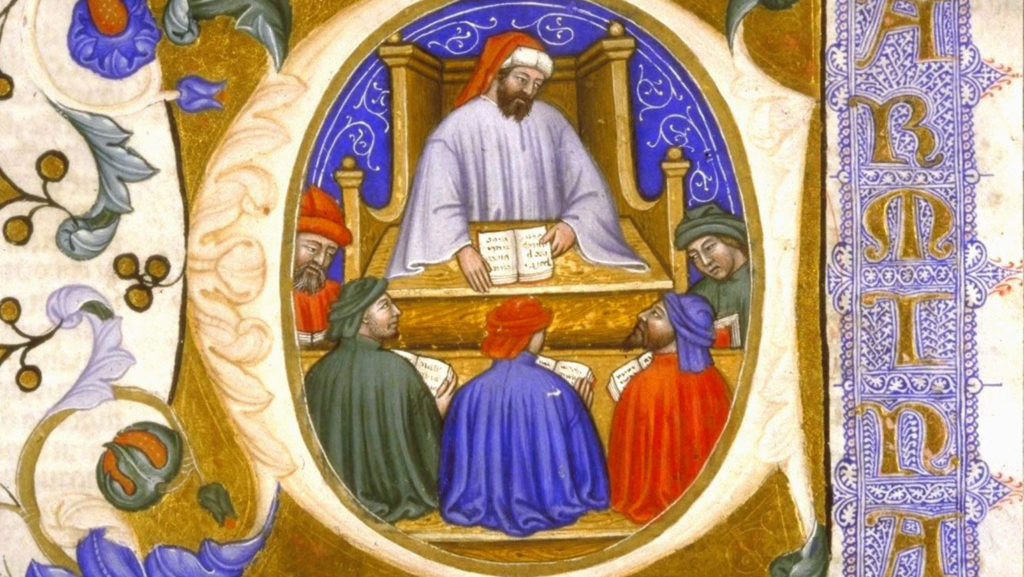
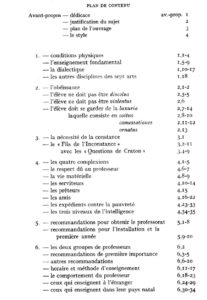
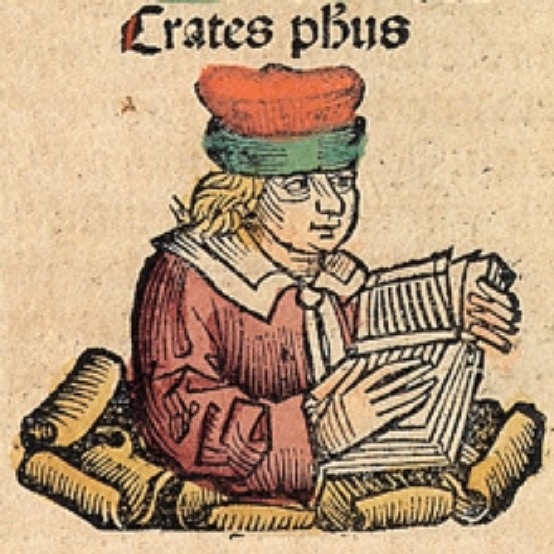
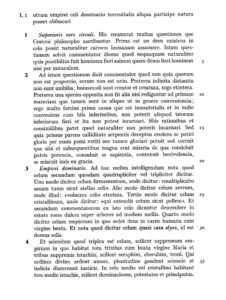
Commentaires récents